Coo-COO-coo, coo-COO-coo
Pulsing in through an open window, or perhaps piped in down a chimney, the song of the collared dove will be familiar to many of us.
The three notes are strung together into a sustained rhythm, as is often the habit of other doves and pigeons. It’s typically delivered from a rooftop, as part of a chorus formed by other birds who have made a home of our brickwork and back yards, such as house sparrows, jackdaws and starlings.
Perhaps I’m not alone in having strong memories of this sound from childhood. Lying around in a quiet house, bored or ill, on a late spring or summer day, this song would provide a soothing and seemingly ever-present backdrop. The timeless sound of an English village, I probably thought.

And yet, a human generation or two previous to my childhood, there were none here. The first collared dove didn’t make it to Britain until the early 1950s.
In the 19th century collared doves were mainly a species of southeastern Europe and Asia, and sometimes known as the ‘Turkish dove’. But from the mid-20th century they spread north-westwards with amazing speed, making themselves at home in country after country on the continent, and proving fully capable of crossing seas to establish new territories on islands, including our own.
Although they only nested for the first time in Britain in 1955, by the 1970s there were tens of thousands of pairs. The current population is thought to be around 800,000 birds.
They can be found wherever there is a reliable supply of seed, making arable fields, farmyards, and gardens with bird feeders, among the most reliable places to see them.
Not a cuckoo (or a woodpigeon)
Their call is sometimes mistaken for cuckoo, because it goes "cuck-OOO-coo, cuck-OOO-coo."
But most of us are unlikely to have a cuckoo singing from our neighbour’s guttering, and certainly not in February.
Collared doves on the other hand are with us all year, and often do sing in the ‘off’ season. Like other types of pigeon, they can raise a family at pretty much any time of the year, and will sing accordingly on any calm, warm day.
Apart from the cuckoo, the song is most frequently confused with that of the woodpigeon.
A good way to remember the difference is to imagine that collared doves are aware of their own ignorance, but not as deeply as woodpigeons.
So the collared dove says: “I DON’T know, I DON’T know.” And the woodpigeon says: “I REALLY don’t know, I REALLY don’t know.”
Despite this professed unworldliness, collared doves have rather successfully followed in the wingbeats of house sparrows, starlings and various pop groups to make it big in America.
A small population brought to the Bahamas was released in the 1970s, from where collared doves made it to Florida, and have since spread through much of the United States and into Mexico. They can also be found in Japan, where they were again introduced by human hands, and have more recently become established in North Africa, having spread across the Mediterranaean from southern Europe.
The really do know how to make a success of things, seemingly wherever they find themselves.
Find out more about the habits of collared doves in North America at All About Birds, and more on their ecology in the UK on the BTO website.
Give us a coo: Woodpigeon
🕺🏽 Also with rhythm
Writing about the rhythm of the collared dove’s coo I was reminded of one of my all-time favourite birds. Jack snipe are hard to see, but occassionally show off their exceptional moves, perfectly captured in this video (warning: you may or may not enjoy the soundtrack).
Thanks for reading and listening. This is the eighth instalment in 2024’s cycle of Shriek of the Week. You can catch up with Wren, Dunnock, Great Spotted Woodpecker, Robin, Great Tit, Song Thrush and Blackbird (the last includes an explanation of how this all works in 2024).
For those in a position to do so, taking out a paid subscription to Shriek of the Week supports me to write more and improve what I do. It also gets you an invite to our livestream odyssey Early Bird Club call, on the first Saturday of the month (8-9am UK time), and discounts to some in-person events in the UK.
Thank you this week to long-time supporters Helen S, Jane C, Sally Ann and Frances C. 🙏
Our first real-world event of the year is coming up, on Friday 8 March in bird-rich Stanmer Park on the outskirts of Brighton. We’ll hope to find woodpeckers, finches, treecreepers, nuthatches, wagtails and firecrests, and we will definitely find cake.
More details of this and other upcoming walkshops on the Birdsong Academy website.
Find more birds by ear in 2024 with Birdsong Academy:
British Birdsong Essentials - the 10-week course - still time to join up before the first live practice session. See last week’s Shriek for details of the lower-cost option.
Up With The Birds dawn chorus calls (free, March - May)
Next week: Starling
Media credits:
Collared Dove recording by Aubrey John Williams, reproduced under CC BY 3.0 DEED via The British Library
Collared Dove photo by AlexasFotos on Pexels
Woodpigeon photo by Ace Gamer on Unsplash


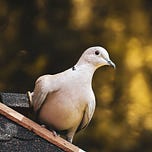

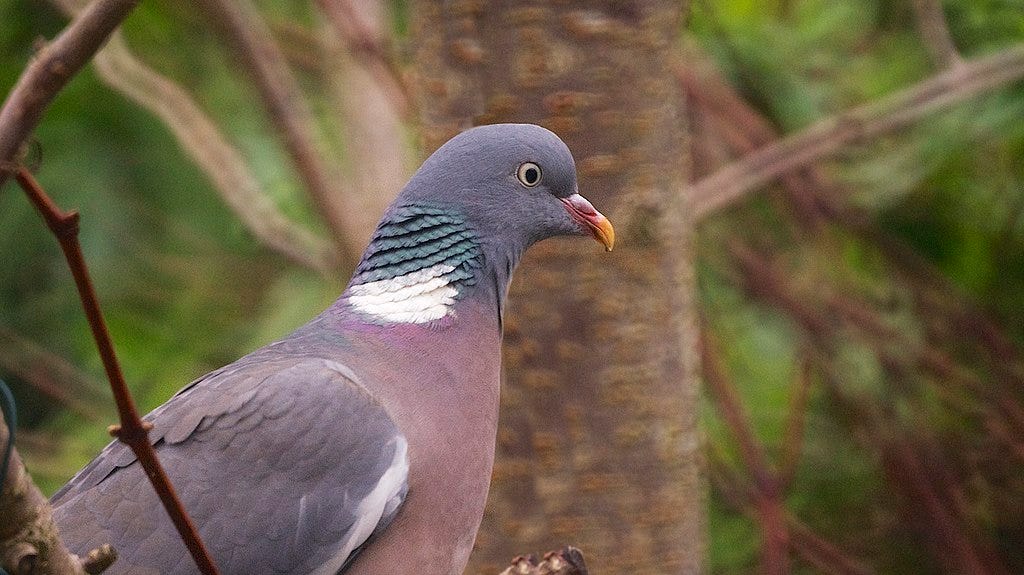
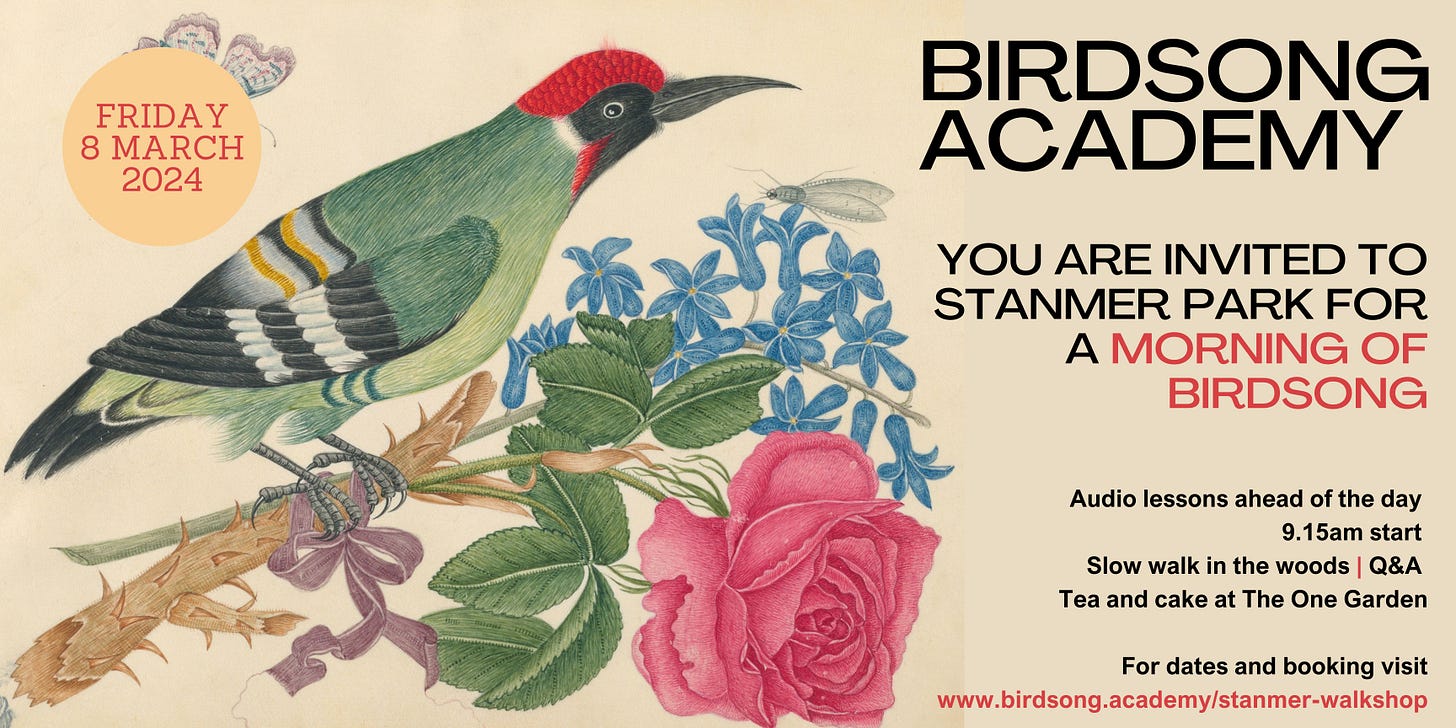


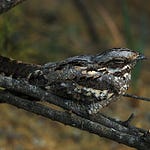
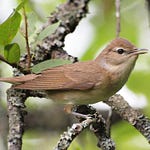

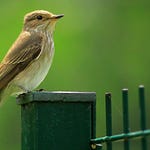


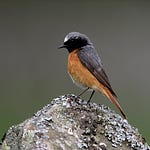
Share this post